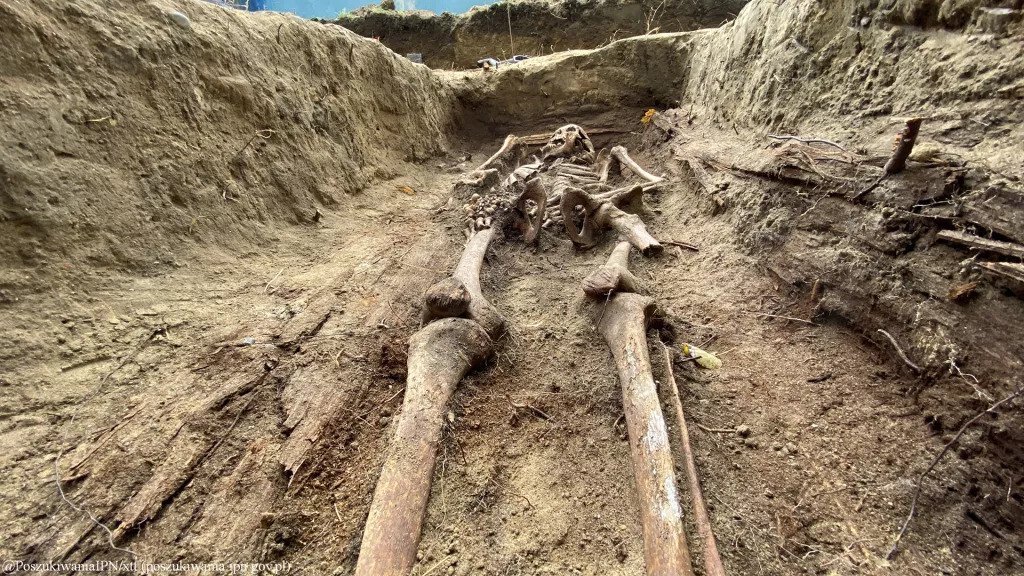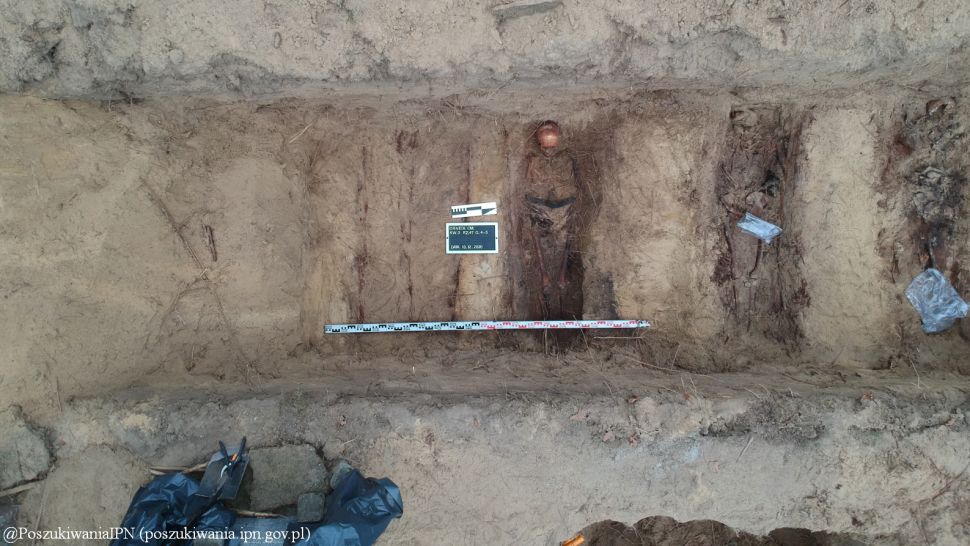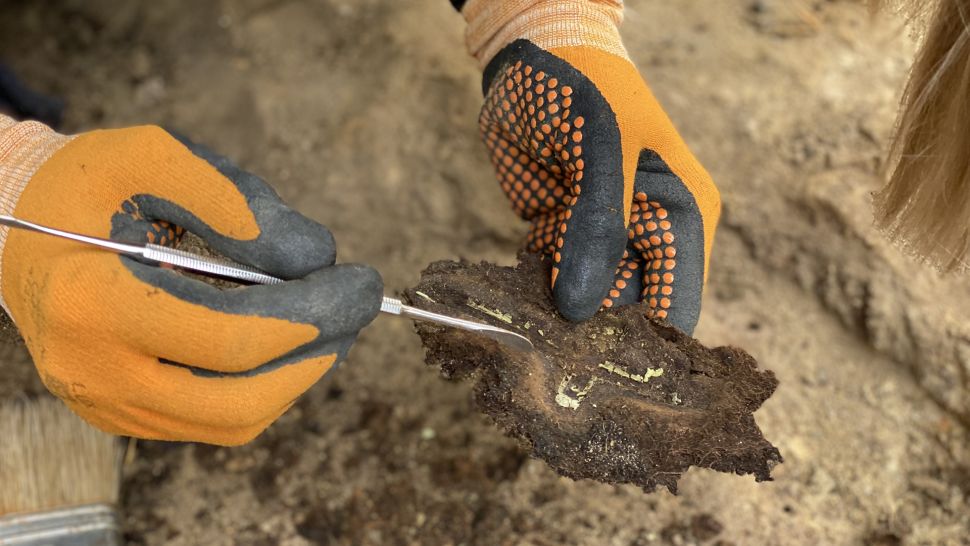Skeletons of WWII-era nuns murdered by Soviets unearthed in Poland
The remains of three Catholic nuns killed by the Nazis while they were trying to help the wounded Soviet soldiers at the end of the Second World War were found, as they cared for the wounded Soviets, to the last. The Red Army invaded Poland when the Nazis withdrew their soldiers in 1944.
An effort was made to gain control over the area by subduing militia as well as religious figures by looting and destroying churches.
Records discovered from 1945 showed Soviet soldiers killed seven nuns in the order of St. Catherine of Alexandria who was serving as nurses at Marian Hospital in Olsztyn.

A project by the Institute of National Remembrance in Poland was launched to discover their remains and Polish archaeologists announced they found the remains of Sister Charytyna (Jadwiga Fahl) in Gdansk last summer.
In October they found Sister Generosa (Maria Bolz), Sister Krzysztofora (Marta Klomfass) and Sister Liberia (Maria Domnik) in Orneta.
And now the bodies of the last missing trio, Sister Rolanda (Maria Abraham), Sister Gunhilda (Dorota Steffen) and Sister Bona (Anna Pestka) have been found too.
Experts also unearthed crucifixes, ‘religious clothing’ and rosaries from around the remains, according to Live Science.

A statement by the Institute of National Remembrance in Poland (IPN) said: ‘The purpose of the study was the finding of the remains of the Catherine Sisters who fell victim to the soldiers of the Red Army in 1945.
‘They all served the sick at the Marian Hospital (St Mary’s Hospital) in Olsztyn.
‘They worked as nurses, looking for help for the sick, and the deceased by organizing burials in a nearby cemetery.
Where they served, they died there as well – defending themselves against the disgrace of the Red Army soldiers who entered Olsztyn in the winter of 1945.
‘The works in Orneta were also the last stage of the search for the remains of the Sisters, for whom the church side is carrying out the beatification process at the same time. Earlier searches were carried out in Gdańsk and Olsztyn.
‘On the basis of historical data, anthropomorphic features and found objects, the remains of three women were selected for exhumation, with the probability that they are the wanted Sisters.
‘In the remains of the collected remains, religious medals, crucifixes, elements of religious clothing and religious rosaries were found.’

The skeletons have been taken to the Forensic Medicine Institute in Gdańsk. Historical records show Sister Generosa was ‘locked in the hospital’s attic’.
While the IPM says Sister Krzysztofora was stabbed with a bayonet 16 times, had her eyes gouged out and tongue cut out.





